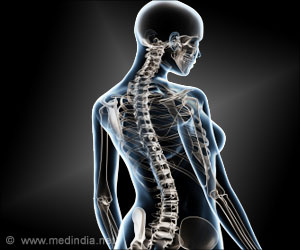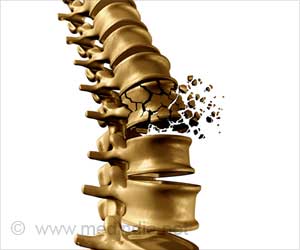Oral complications such as osteonecrosis of the jaw occur very rarely in post-menopausal women undergoing osteoporosis treatment, finds a new study.

‘Oral side effects such as the osteonecrosis of the jaw are uncommon and manageable, explains this study. It is very rare in women taking medications for postmenopausal osteoporosis.’





Oral complications are rare in women taking medications for postmenopausal osteoporosis, according to a study published in the Endocrine Society's Journal of Clinical Endocrinology & Metabolism.An oral complication called osteonecrosis of the jaw (ONJ) is exposed bone in the jaw that is slow to heal (8 weeks or longer, with effective treatment), usually after a major dental procedure. It was first reported in 2003 in patients with advanced cancer receiving high doses of zoledronic acid and denosumab (medications also used to treat osteoporosis). Rates in cancer patients receiving high doses are around 1 percent to 2 percent per year. ONJ is less common in patients with osteoporosis receiving lower doses of these medications (about one case every 10,000 patient-years), yet there is still a lot of concern among dentists and patients.
"Our study covered the seven-year extension of the denosumab pivotal trial. We found dental procedures were common among these patients, but ONJ was rare with only 5.2 cases for every 10,000 patient-years. Not only was ONJ rare, but the 11 cases where the outcome is known to have healed," said the study's lead author, Nelson Watts, M.D., of Mercy Health in Cincinnati, Ohio. "The ONJ cases typically followed dental extractions or poorly fitting dentures. Of the 212 patients with dental implants, only one developed ONJ, and she continued denosumab, healed her ONJ, and still has the implant."
Researchers used data from the seven-year FREEDOM Extension trial to assess information on oral procedures and cases of ONJ in women taking denosumab for postmenopausal osteoporosis. They found 45 percent of patients had at least one invasive dental procedure, but the overall rate of ONJ was low. ONJ incidence was higher in those reporting a dental procedure.
"My hope is our study will help patients and oral care providers be better informed about the low risk of ONJ compared to the fracture prevention benefits of antiresorptive therapy in women with postmenopausal osteoporosis," Watts said.
Advertisement















